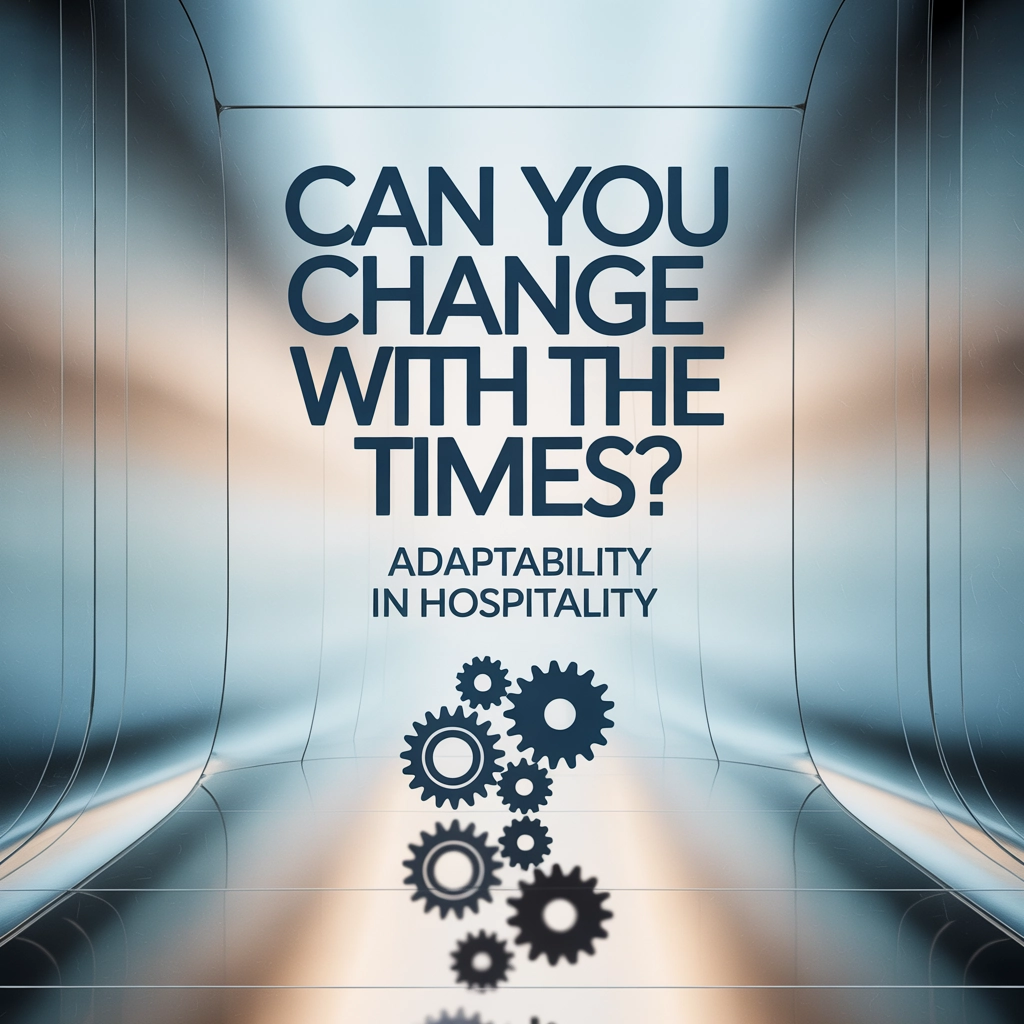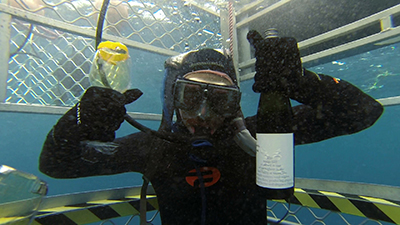In the ever-evolving landscape of the food and beverage industry, one truth remains constant: change itself. The most successful restaurant owners and hospitality professionals aren't necessarily the ones with the most innovative concepts or the deepest pockets—they're the ones who can pivot, adjust, and reinvent themselves when the market demands it.
The Business of Evolution
I began a business selling roses for $9.99 per dozen, eventually adding the wholesale component and transforming it into part of a mega-million dollar industry. Then the market shifted dramatically—supermarkets and big-box retailers began offering flowers at heavily discounted prices. Rather than stubbornly holding onto a declining business model, I changed directions and entered another industry.
This is the essence of entrepreneurial thinking. Business models change, and to continue succeeding, you must accept and embrace change. For me, that meant asking: "What is it that I truly love?" The answer was hospitality, especially the food and beverage industry. I decided to pivot and enter it as a publisher, becoming a voice in the industry rather than trying to compete in a crowded retail flower market.
Are you capable of thinking like an entrepreneur in an ever-changing market? Can you move at lightning speed in a different direction when necessary? Or are you too attached to your food, venue, or theme to evolve?
Today's Shifting Restaurant Landscape
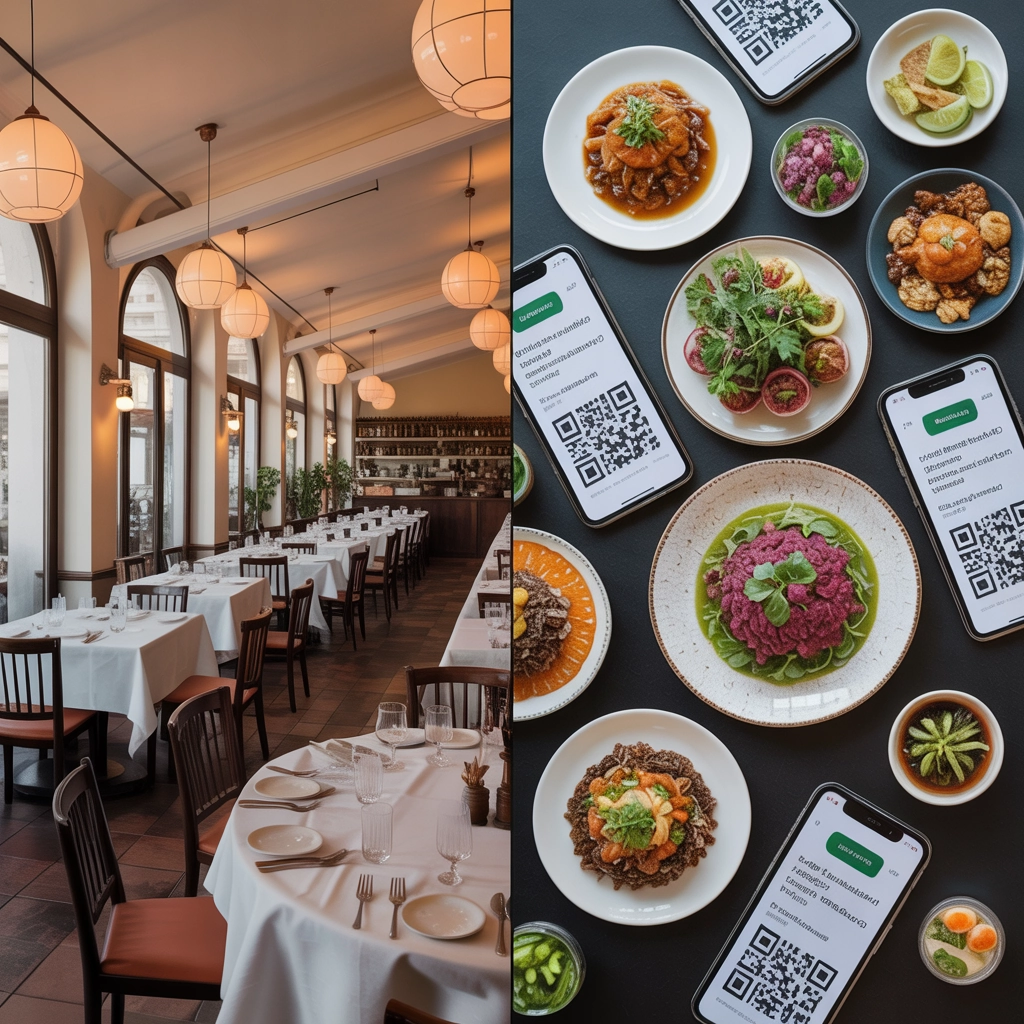
Even the giants aren't immune to change. McDonald's, one of the most successful restaurant chains of all time, customizes its menu by location both domestically and internationally. They understand that adaptability isn't optional—it's essential for survival.
Looking at recent years, we've seen seismic shifts in the restaurant industry:
- Plant-based revolution: From niche offering to mainstream demand
- Ghost kitchens: Delivery-only models changing the physical footprint of restaurants
- Technology integration: QR code menus, contactless payment, and AI-powered inventory systems
- Sustainability focus: Zero-waste initiatives and eco-friendly packaging
- Experience economy: Consumers valuing memorable experiences over traditional dining
Meanwhile, many franchises and chains are seeing profits plummet. Why? Often because their price points have become too high while quality has diminished. The market has changed, but they haven't changed with it.
According to a recent report on food trends, everything from black lime to chamomile is reshaping consumer expectations. Can you learn from industry mistakes while following trends that fit your restaurant concept?
The Flexibility-Adaptability Distinction
There's an important distinction to make: flexibility refers to your capability to modify operations, services, and offerings in response to market demands. Adaptability, however, is your ability to effectively embrace these changes, ensuring your business not only survives but thrives amid fluctuations.
Consider these questions about your own adaptability:
- Can you let go of a menu item you personally love if data shows it's not profitable?
- Are you willing to adjust your concept if customer preferences shift?
- Can you embrace new technology even if it means learning new systems?
- Will you modify your business model if economic conditions demand it?
If you answered "no" to any of these questions, you might struggle with the adaptability required for long-term success in hospitality.
Real-World Examples of Adaptability in Action
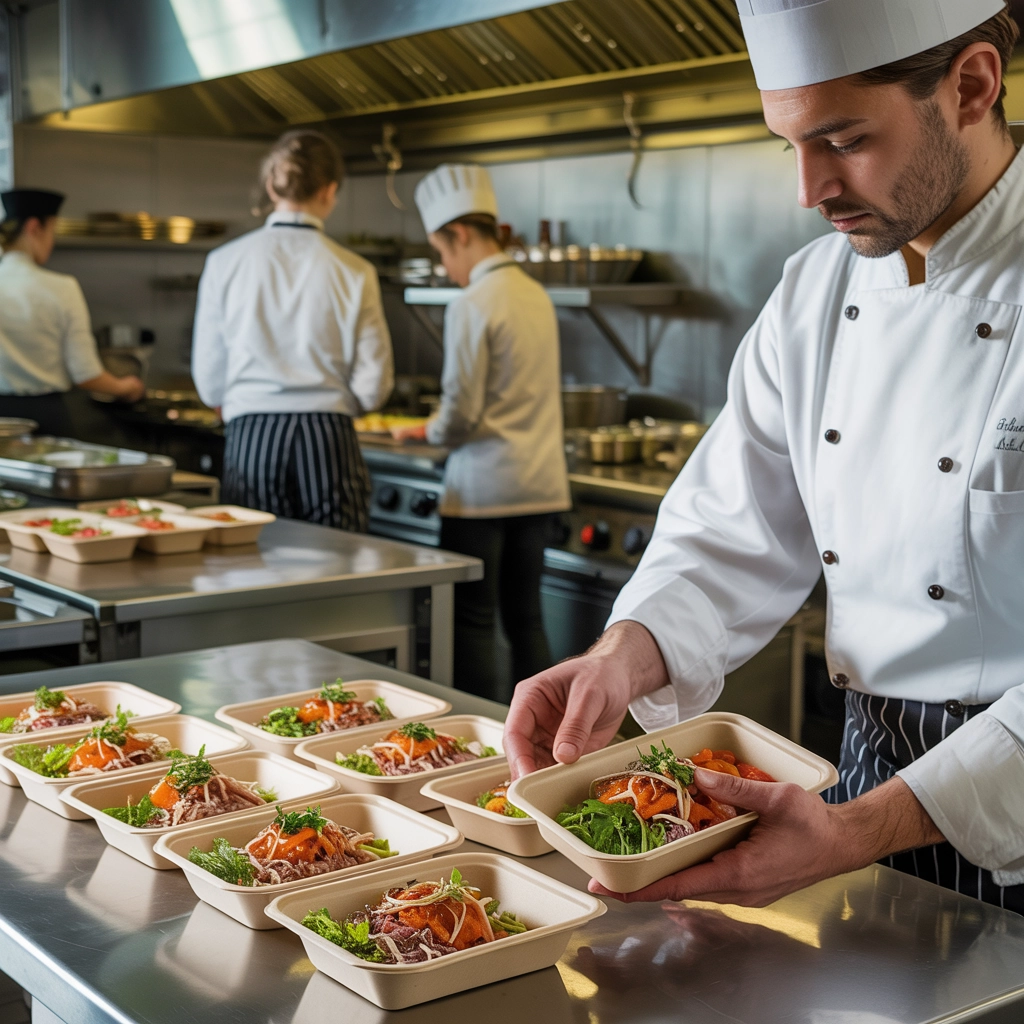
During recent global disruptions, we witnessed remarkable examples of restaurant adaptability:
- Fine dining establishments pivoting to family-style takeout meals
- Cocktail bars creating bottled cocktail programs and virtual mixology classes
- Neighborhood cafes transforming into mini grocery stores
- Food trucks developing subscription models for weekly meal deliveries
These weren't just survival tactics—many of these pivots became profitable new revenue streams that owners kept even after restrictions lifted. The most successful adapted not just their offerings but their entire mindset.
As our recent article on food waste demonstrates, even challenges like food waste are becoming opportunities for innovation through upcycling—turning what was once considered garbage into profitable menu items.
Building Adaptability Into Your Restaurant DNA
Developing adaptability isn't just about reacting to external forces—it's about cultivating a mindset and organizational culture that embraces change proactively. Here's how to build adaptability into the foundation of your restaurant:
1. Data-Driven Decision Making
Implement systems to track not just sales but customer feedback, social media sentiment, and market trends. Use point-of-sale technology like SpotOn that was recently named the #1 restaurant POS system, which can help you identify patterns and make informed decisions about menu changes.
2. Continuous Learning Culture
Encourage your team to stay current with industry trends. Send key staff to trade shows, subscribe to industry publications, and create channels for sharing insights. The food and beverage world is constantly evolving—restaurants that stop learning stop growing.
3. Test and Learn Approach
Before making major changes, test new concepts in limited ways. Launch specials before adding permanent menu items. Test new service models during slower periods. Gather data and feedback before fully committing.
4. Retain Institutional Knowledge
Long-standing employees with deep institutional knowledge are invaluable for adaptability. They understand what has and hasn't worked in the past and can help implement changes while maintaining your restaurant's core identity.
5. Diversify Revenue Streams
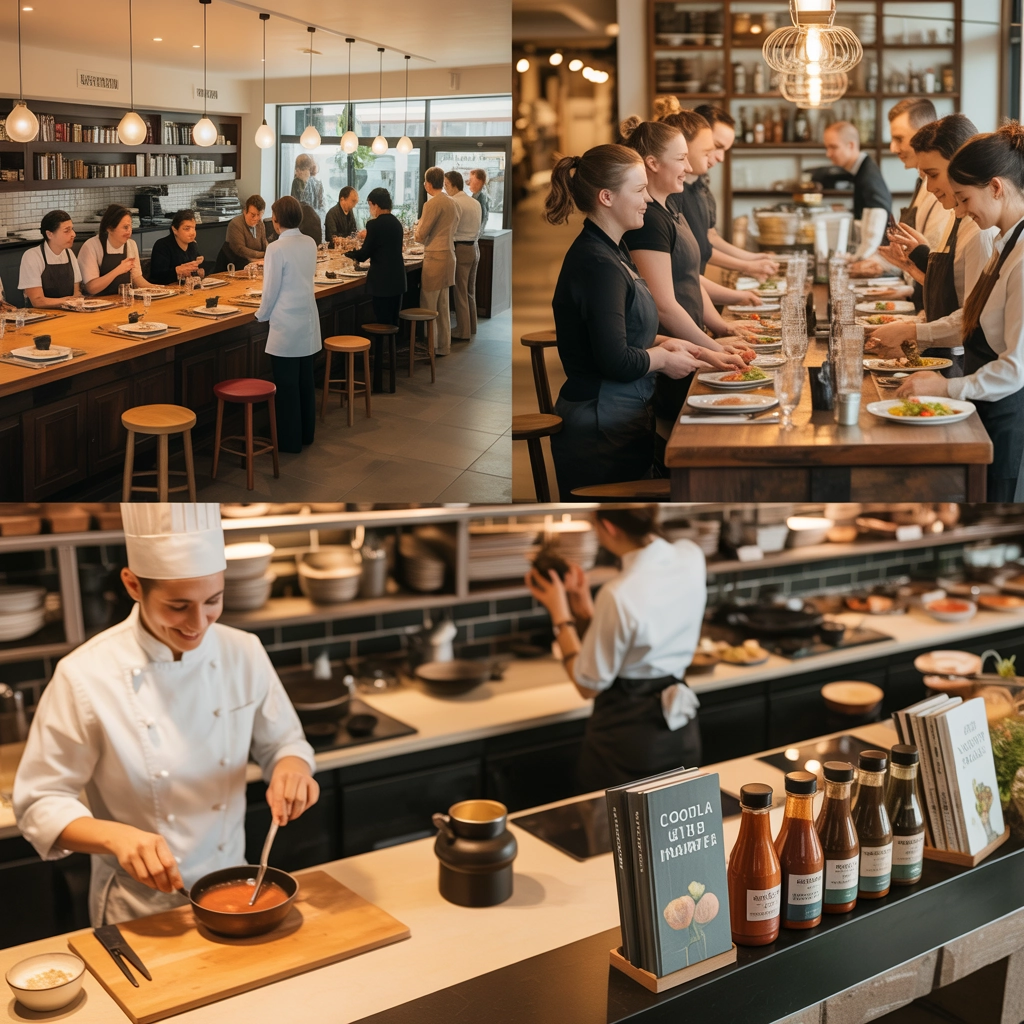
The most adaptable restaurants rarely rely on a single revenue stream. Consider how you might add catering, product lines, cooking classes, or other complementary services that could sustain your business through disruptions in your primary model.
When to Hold, When to Fold
Not every trend deserves your attention. Successful adaptation isn't about chasing every shiny new concept—it's about thoughtful evolution that aligns with your core values and customer expectations.
Consider these factors when evaluating potential changes:
- Alignment with core brand identity: Does this change strengthen or dilute what makes your restaurant special?
- Customer demand: Is there genuine demand or just industry buzz?
- Resource requirements: Can you implement this change without compromising quality elsewhere?
- Long-term viability: Is this a lasting shift or a passing fad?
- Competitive landscape: Does this change help you stand out or just keep up?
The key is distinguishing between trends with staying power and temporary fads. As our flavor trends article suggests, some innovations like functional foods and desserts have emerged as lasting consumer demands rather than passing fancies.
Technology: The Great Accelerator
Perhaps nowhere is adaptability more crucial than in how restaurants approach technology. From AI-powered demand forecasting to sustainable packaging innovations, technology is reshaping every aspect of the restaurant business.
The adaptable restaurant owner doesn't need to be a technology expert but must be willing to evaluate and implement solutions that enhance the guest experience, improve operational efficiency, or create competitive advantages.
The Bottom Line
Entrepreneurs can determine when favorites remain profitable versus when they become ego-driven losing propositions. Can you let something go, leave it behind, and start something new when the market demands it?
In an industry where change is the only constant, your ability to adapt may be your greatest competitive advantage. It's not about abandoning your vision or chasing every trend—it's about thoughtful evolution that preserves your core while embracing necessary change.
As we've seen time and again, the restaurants that survive and thrive through industry disruptions aren't necessarily the biggest or best-funded—they're the ones that can read the winds of change and adjust their sails accordingly.
Are you motivated that way? Can you let something go, leave it behind, and start something new? Your answer may determine not just whether your restaurant succeeds, but how long that success continues.
Written by Michael Politz, Author of Guide to Restaurant Success: The Proven Process for Starting Any Restaurant Business From Scratch to Success (ISBN: 978-1-119-66896-1), Founder of Food & Beverage Magazine, the leading online magazine and resource in the industry. Designer of the Bluetooth logo and recognized in Entrepreneur Magazine's "Top 40 Under 40" for founding American Wholesale Floral. Politz is also the founder of the Proof Awards and the CPG Awards and a partner in numerous consumer brands across the food and beverage sector.



